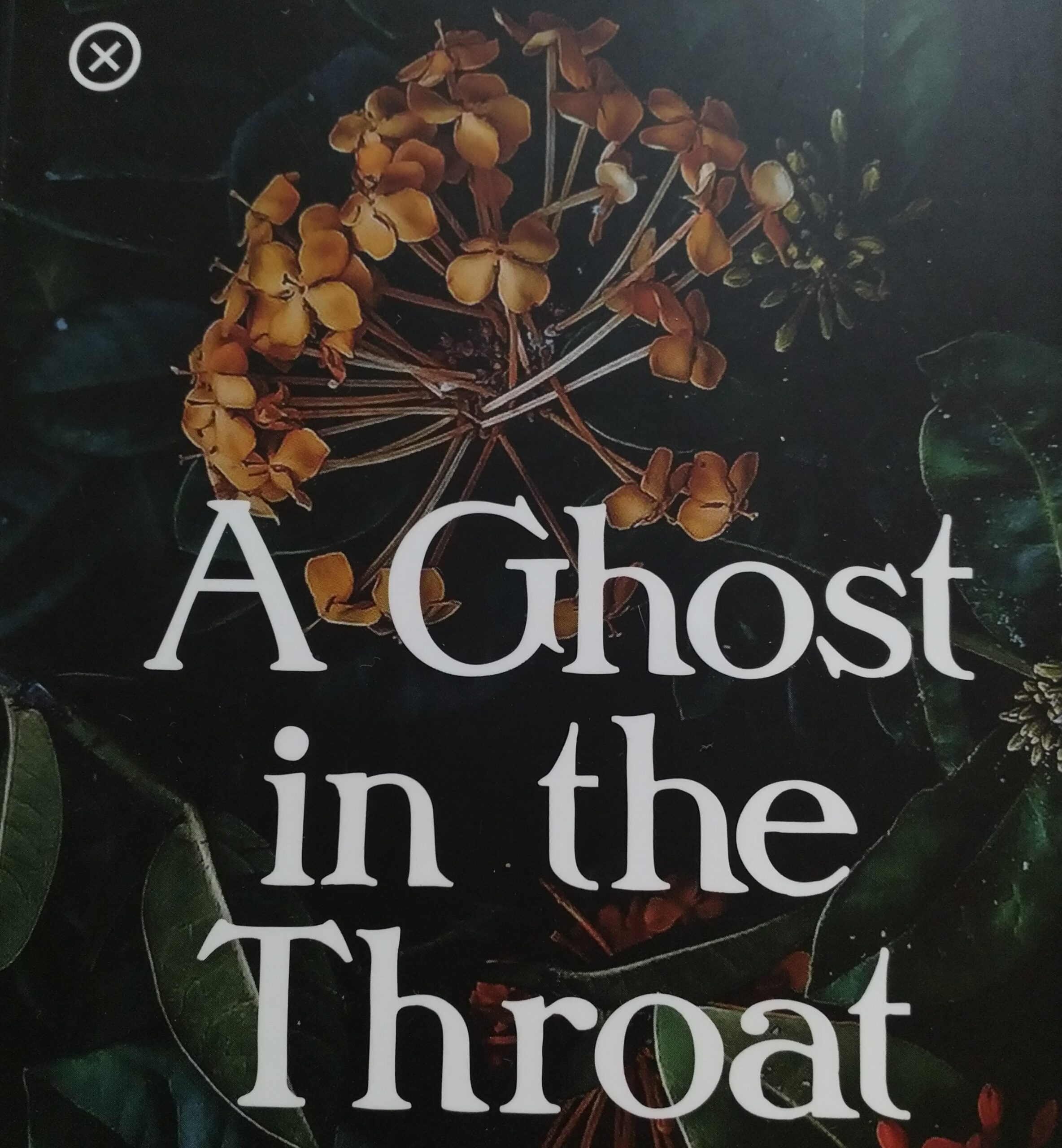Reading A Ghost in the Throat
A version of this post was previously published as a Twitter thread @thewildgees on 27 September 2020
Caoineadh Airt Uí Laoghaire is an Irish keen or lament that’s been described as the greatest poem of the 18th century. And we’d never heard of it. It wasn’t on the curriculum when we were at school (c1988-1990). We’d be interested to know if that’s changed.
The poem was composed by Eibhlín Dubh Ní Chonaill after her husband Art’s murder. It is a wail of grief, but it’s also thirsty AF – possibly why they didn’t teach it! “what a hearty bed-mate you’d be, what a man to share a saddle with, what a man to spark a child with”.
Perhaps the most surprising thing in Doireann Ní Ghríofa‘s A Ghost in the Throat is that she first encountered the Caoineadh at school. The book is her attempt to unearth Eibhlín Dubh’s own story, too often told only in relation to the men in her life – her dead husband and her nephew Daniel O’Connell. “How swiftly the academic gaze places her in the masculine shadow” she says. Sadly true of so many women in history. The book sets out to redress that, while translating the Caoineadh and finding parallels with Doireann’s own life.
“Literature composed by women was shared not in books but in female bodies, living repositories of poetry and song”. Doireann calls this a ‘female text’. It’s likely that the poem was passed down as part of the Irish oral tradition. Thanks to Nóra Ní Shíndile, a professional keener or bean caoinadh, the Caoineadh was later transcribed.
If you’re a fan of women’s untold stories, as we Wild Gees are, A Ghost in the Throat is worth a read. If you’re curious now about the Caoineadh, have a listen to this version in the original gaeilge by soprano Elizabeth Hilliard and Síobháin Cleary.
Finally, here’s a lovely interview on Rick O’Shea‘s Shelf Analysis where Doireann talks about the adventure of uncovering Eibhlín Dubh’s story and recommends so many books that our TBR pile may topple over and crush us at some point.

